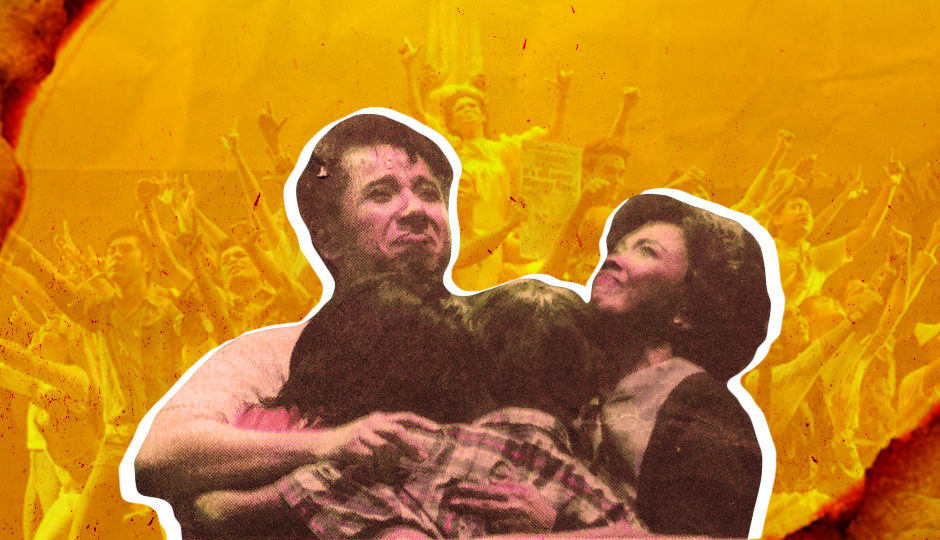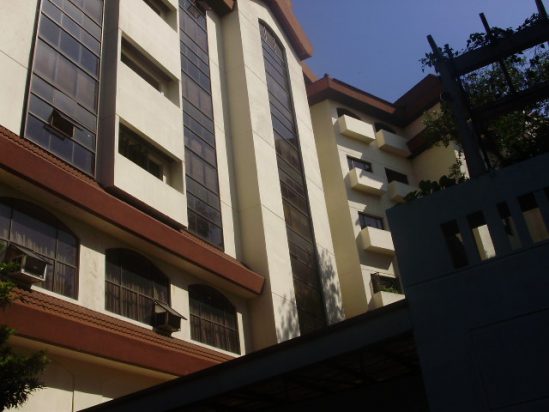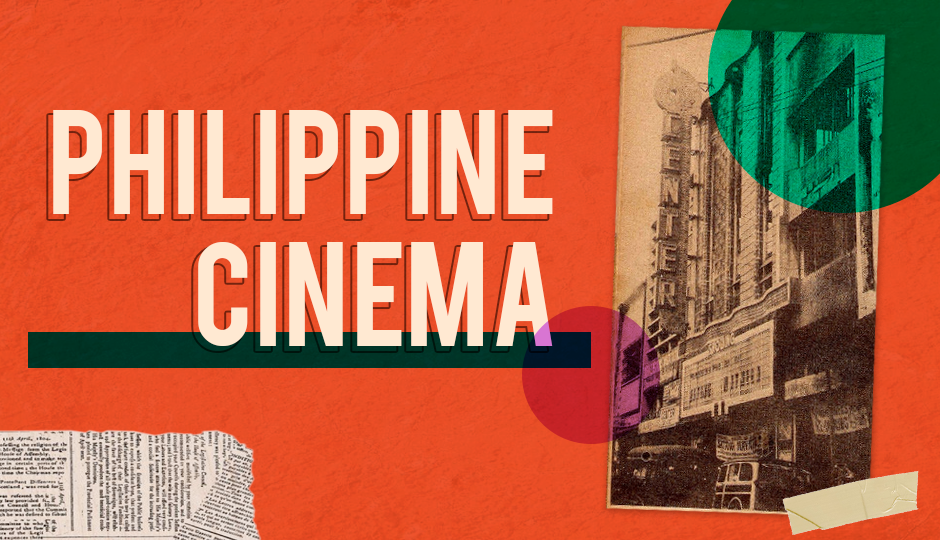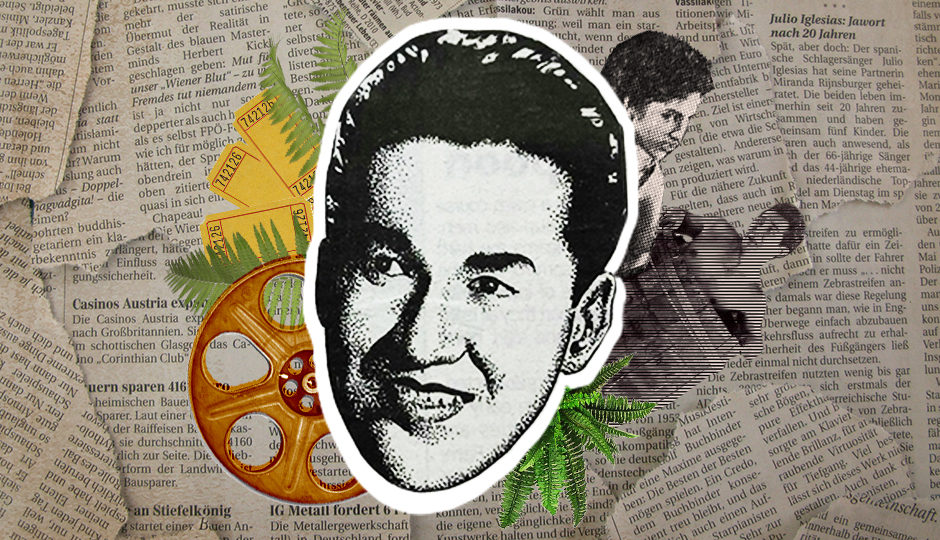Overview of Philippine Cinema
By Ernie De Pedro
Cinema was first introduced in Manila on January 1, 1897 – only two days after the national hero Dr. Jose P. Rizal was executed at the Luneta – when the first six movies billed as the Espectaculo Cientifico de Pertierre, were shown on a 60mm Gaumont Chronophotograph projector at the Salon Pertierra on No. 12, Interior, Escolta. Seven months later, even as the Philippine Revolution raged, a Lumiere Cinematograph, together with 30 films was imported to Manila in August 1897 by the Spanish army officer Antonio Ramos. Within the year, Ramos produced his first film coverage of Manila among which was Ecsenas Callejeras (1898), a print of which survives in the collection of the Film Archives of the Philippines.
As the Philippine came under US colonial rule, a procession of American filmmakers fanned out to various parts of the archipelago to film America’s first Asian colony, among them, was Biograph’s Joe Rosenthal, the doyen of newsreel cameramen, who filmed in Manila in 1902. Burton Holmes, the famed “father of travelogs” who made documentaries in the Philippines in 1899, 1913 and 1919, producing such titles as The Battle of Baliuag, T. Kimwood Peters of Haley’s Tours who trekked up to Banaue in 1905 to film the famous rice terraces and returned five times to the Philippines to film other exotic places; and Raymond Ackerman of the American Biograph & Mutoscope Company who in 1899 filmed such documentaries as The Battle of Mt. Arayat and A Filipino Cockfight.
During the cinema’s silent years, films not yet shackled by language came to Manila from all parts of the globe. The films from France, England, Italy were as familiar to Manila audiences, as were American films. But with an American colonial government firmly established in Manila, American entrepreneurs dominated both local film production and theater exhibition. With the opening of a Pathe agency in Manila in June 1909, three Manila studios opened antedating the establishment of film studios in Hollywood by two years. The pioneer American filmmakers strived to produced films not only for local Filipino consumption but also for the exhibition “in the American homeland”.
As in other countries, these early films were documentaries, human interest films, expedition films or travelogues such as The Great Taal Disaster (1911), on the eruption of Taal volcano, local time, the Philippines was producing some 30 pictures a year. In 1937, several Filipino corporations established other studios, churning out feature films every week. Among these were LVN and Sampaguita studios which are still part of the film scene today. By 1941, there were four major film production companies in the Manila area, each one owning its own studio lot, soundstage and basic production facilities, making three or four films at a time.
The Second World War interrupted all these. During the four years of Japanese occupation, only two feature films, heavily larded with propaganda, were produced. By the time the war ended in 1945, the Philippine economy was in ruins. But with Philippine independence recovered in 1946, movies quickly emerged as the dominant and most important entertainment form in the Philippines, and have remained so since then. While in a good year, the Philippines produces less than a dozen books of fiction, the film industry has since 1950 produced every year some 160 feature films. While the total circulation of daily newspapers is placed by the Publisher’s Association of the Philippines at 638,830, the film industry estimates that there are over 2, 626, 000 cinema viewers in over 1,200 theaters all over the Philippines, every day of the year except Good Friday.
As of 1981, there are 38 members of the Philippine Motion Picture Producers Association and 12 members of the Importers and Distributors Association of the Philippines, though only 35 members accounted for 110 of the total 172 features produced in 1980. The other 64 features were produced by 10 independent film producers. During the same 1981 period, the Philippines imported 306 foreign pictures.
There are now three-color laboratories and one government facility in Manila. Only three schools currently offer formal film courses, but in September 1981 the University of Life in association with the Film Archives of the Philippines and the Film Academy test-offered a filmmaking workshop under the auspices of the National Film School of London.






Comments (0)
Leave a reply